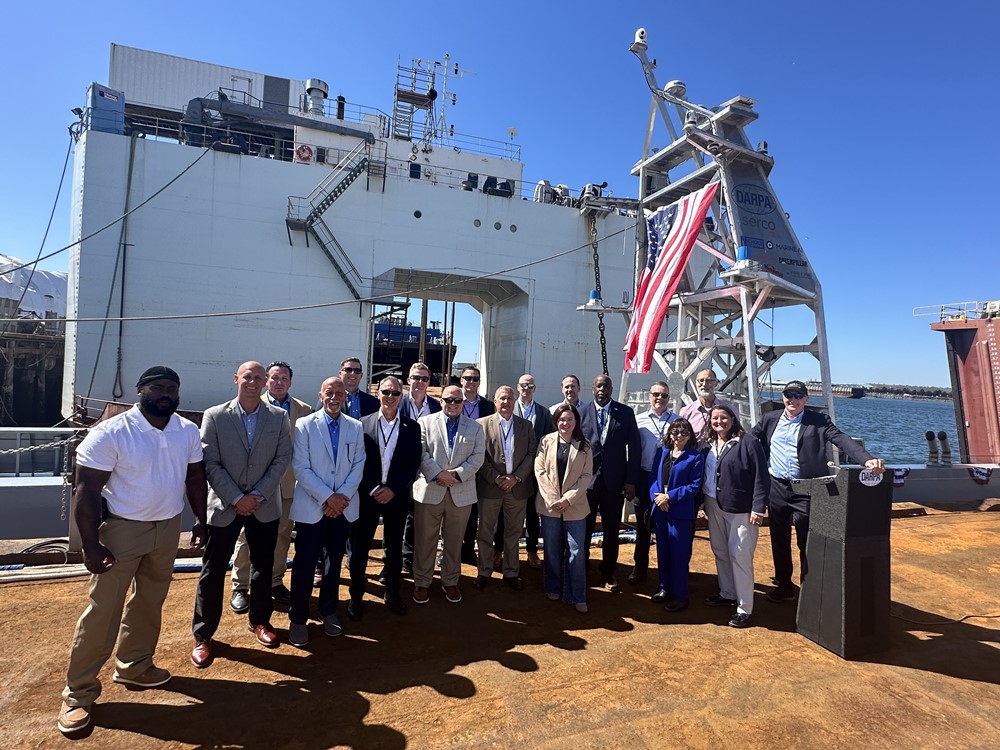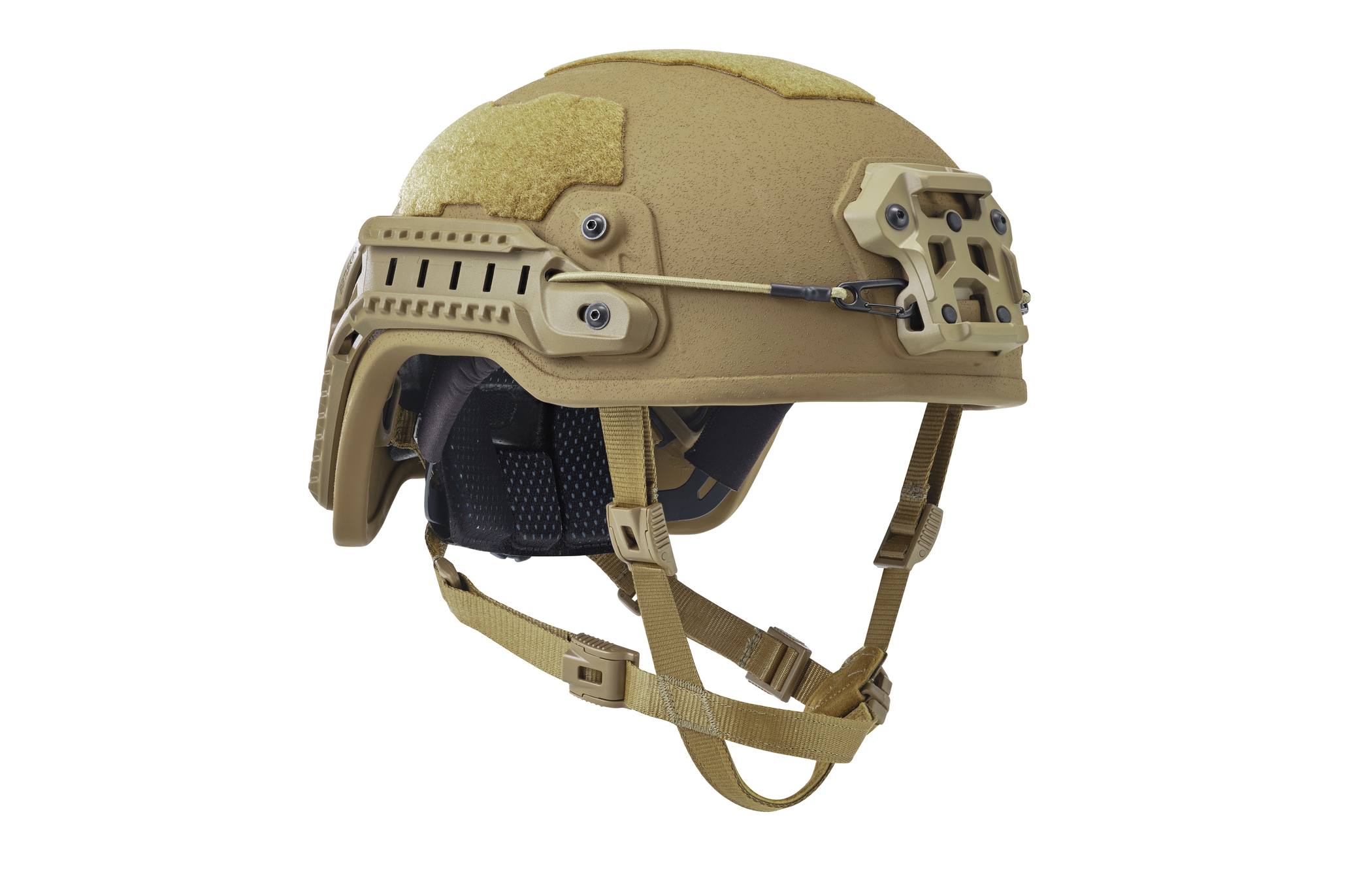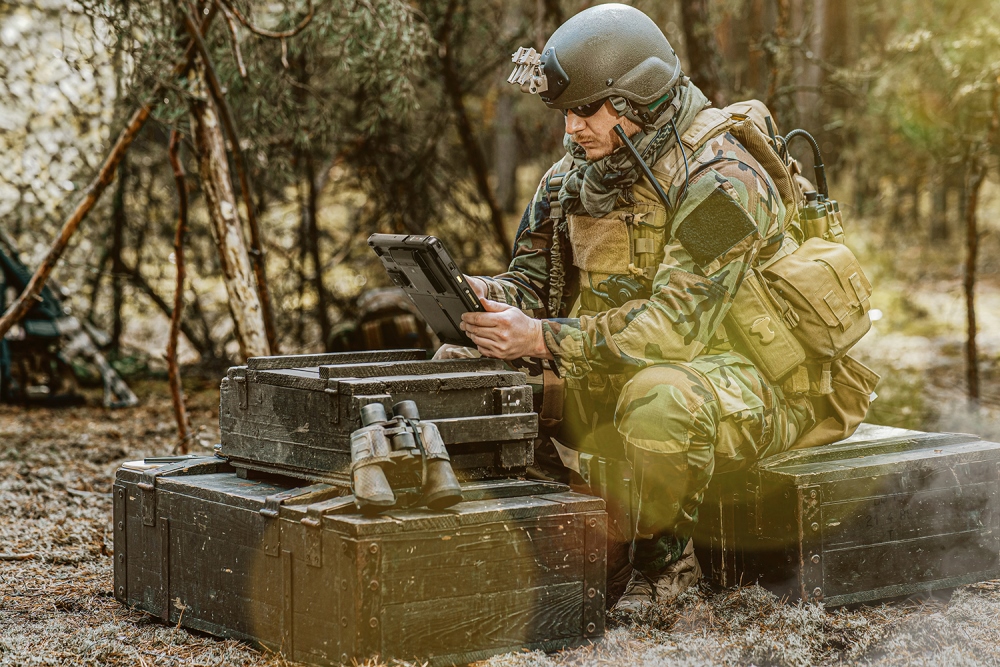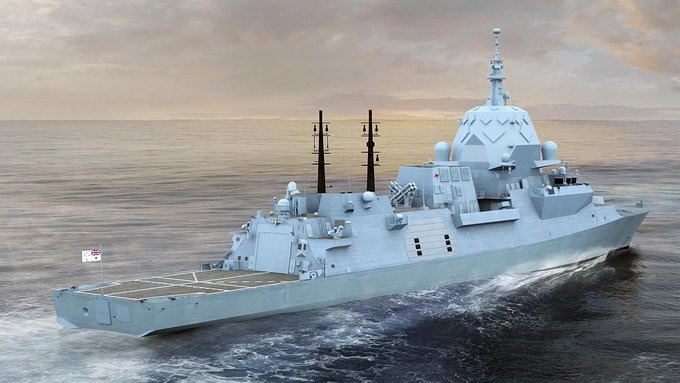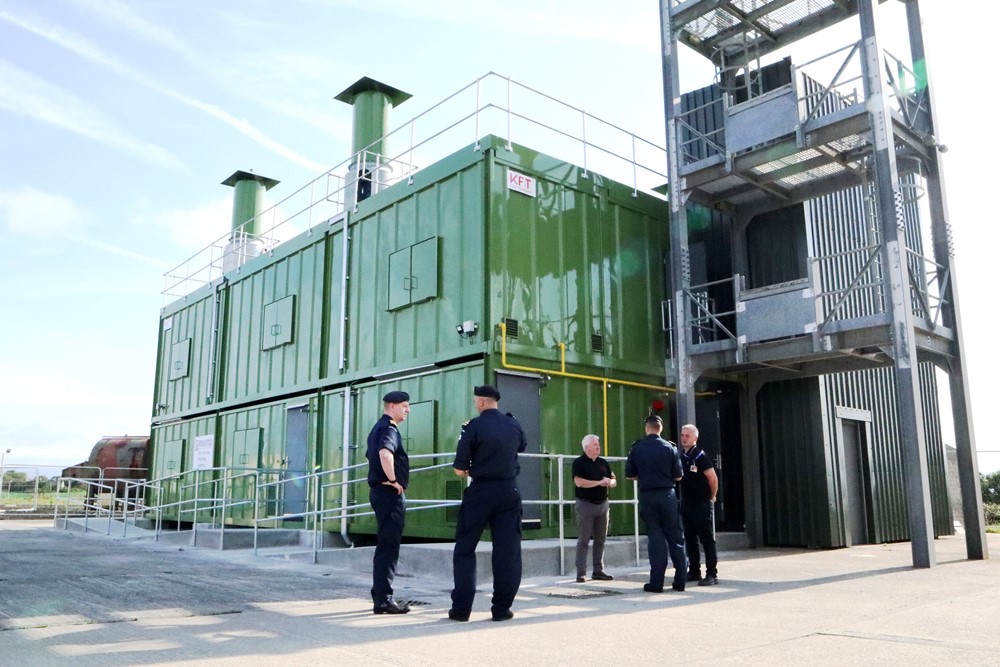Lockheed Martin releases F-35 flight test data

In March, the programme completed 123 test flights totalling 223 flight hours, setting a record for the most System Development and Demonstration (SDD) flights and flight hours for a single month.
During the time period, the SDD fleet surpassed the 15,000 total test point threshold, completing approximately 25% of the SDD programme's entire requirement of more than 59,000 test points. Overall the F-35 test programme remains ahead of the 2012 flight test plan, which calls for the accumulation of 1,001 test flights and 7,873 baseline test points as well as additional points beyond the original plan.
Through 30 April, the programme completed 373 flights against a plan of 281 and achieved 2,810 test points – 2,307 of which were baseline points earned against a plan of 2,151. At Eglin Air Force Base, Florida, 30 local area orientation flights were completed totalling 39.5 flight hours as progress toward F-35 pilot training checkout continues.
Another aspect of flight testing is the progressive check out of the latest version of mission system software known as Block 2A. To date, more than 90% of Block 2A airborne software code is complete with more than 85% of that code currently being flight or lab tested. Block 2A flight test is being conducted at Edwards AFB and will continue through this year. Block 2A is scheduled for 'ready for training' in the summer of 2013.
"The 2012 F-35 flight test programme execution continues to build momentum," said Orlando Carvalho, F-35 executive vice president and general manager. "From flight envelope expansion to night refuelling to external weapons testing, our flight test programme is off to a good start this year. We are working to build on this success and deliver unprecedented 5th generation fighter performance capabilities – including radar-evading stealth, supersonic speed, extreme agility and the most comprehensive integrated sensor package of any fighter aircraft in history – to our Armed Forces and allies."
The F-35 programme has accomplished many flight test, production and training milestones since 1 January 2012:
- On 17 January, demonstrating the ongoing maturation of the F-35 integrated sensor suite, AF-3, an F-35A conventional takeoff and landing (CTOL) test jet, completed the first low Distributed Aperture System (DAS) approach.
- On 18 January, the first night flight in the history of the F-35 programme was completed at Edwards AFB, Calif.
- On 16 February, at Edwards AFB, Calif., AF-1, an F-35A CTOL test jet, flew the first external weapons test mission in F-35 program history.
- On 6 March, the 33d Fighter Wing at Eglin AFB, Fla., flew its first local F-35 Lightning II sortie, marking a major milestone.
- On 22 March, AF-4, an F-35A CTOL jet, completed the first night refueling mission when it successfully connected to an Air Force KC-135 tanker and received fuel through the F-35's boom receptacle.
- On 28 March, BF-4, an F-35B short takeoff/vertical landing (STOVL) test jet based at Naval Air Station Patuxent River, Md., completed the first F-35 flight with two unarmed air intercept missiles known as AIM-120 Instrumentation Measurement Vehicles (IMVs). The IMVs are used to measure environmental influences such as temperature, vibration and acoustics of the aircraft on the weapon to ensure they do not impact the weapon's ability to be carried and employed by the aircraft.
- On 1 April, the first F-35 Lightning II for the Netherlands rolled out of the F-35 production facility. The Netherlands will use this CTOL jet, known as AN-1, for training and operational tests for pilots and maintainers.
- On 5 April, the programme completed in-flight refueling of an F-35B STOVL while configured with external weapons at Naval Air Station Patuxent River, Md. The mission tested the flying qualities of the aircraft while maneuvering with external weapons.
- On 10 April, two F-35A CTOLs from the 33d Fighter Wing assigned to Eglin AFB, Fla., completed the unit's first formation flight. The mission was part of a continuing process to validate pilot syllabus objectives in preparation for future training.
- On 11 April, an F-35A CTOL from the 33d Fighter Wing assigned to Eglin, AFB, Fla., completed the unit's first air-to-air refuelling mission with a KC-135R Stratotanker.
- On 13 April, BK-1, the United Kingdom's first F-35 Lightning II production aircraft, flew its inaugural flight. The UK Ministry of Defence will use this short takeoff/vertical landing jet for training and operational tests at Eglin AFB, Fla., beginning later this year.
- On 18 April, for the first time, two F-35C Lightning II carrier variant test aircraft launched together and conducted formation flying at Naval Air Station Patuxent River, Md. The mission tested flying qualities of the aircraft while taking off, landing and flying in formation for more than one hour.
- On 21 April, the programme completed the first in-flight refuelling of F-35A CTOL aircraft while configured with external weapons at Edwards AFB, California The two-hour mission tested the flying qualities of the aircraft while manoeuvering with external weapons.
Cumulative flight test activity totals for 2012 through 30 April 2012:
- F-35A CTOL jets have flown 164 times.
- F-35B STOVL aircraft have completed 122 flights, 114 of which began with a short takeoff. Additionally, F-35B STOVL aircraft have conducted 49 vertical landings.
- F-35C carrier variant (CV) jets have flown 87 times.
Cumulative flight test activity totals for the duration of the programme through 30 April 2012:
- F-35A CTOL jets have flown 811 times.
- F-35B STOVL aircraft have completed 711 flights, 533 of which began with a short takeoff. F-35B STOVL aircraft have also conducted 328 vertical landings.
- F-35C CV jets have flown 279 times.
Since December 2006, F-35s have flown 2,066 times and accrued more than 3,000 cumulative flight hours. This total includes 91 flights from the original test aircraft, AA-1; 1,801 SDD test flights; and 174 production-model flights.
.....
Lockheed Martin Corp., Lockheed Martin Aeronautics Co., Fort Worth, Texas, is being awarded a $237,740,000 modification to the previously awarded fixed-price-incentive-fee (firm target) F-35 Lightning II Joint Strike Fighter (JSF) Low Rate Initial Production IV contract (N00019-09-C-0010) for changes to the configuration baseline hardware or software resulting from the JSF development effort.
This modification increases the concurrency cap for the US Marine Corps and United Kingdom short take-off vertical landing aircraft; Air Force and Netherlands conventional take-off and landing aircraft and Navy carrier variant aircraft.
The concurrency cap establishes the threshold at or under which the contractor is obligated to incorporate government-authorised changes.
Work will be performed in Fort Worth, Texas, and is expected to span multiple years. Contract funds in the amount of $222,600,000 will expire at the end of the current fiscal year.
This contract modification combines purchases for the Navy ($153,200,000; 64.5%); Air Force ($69,400,000; 29%); the UK ($8,200,000; 3.5%and the Netherlands ($6,940,000; 3%).
Lockheed Martin Corp., Lockheed Martin Aeronautics Co., Ft. Worth, Texas, is also being awarded a $14,165,940 modification to a previously awarded cost-plus-award-fee contract (N00019-02-C-3002) to implement required design changes that allow coalition training operations for the Joint Strike Fighter Programme.
Work will be performed at Orlando, Fla. (55%), Fort Worth, Texas (34%), and El Segundo, Calif. (11%). Work is expected to be completed in December 2016. No funds are being obligated at time of award. Contract funds will not expire at the end of the current fiscal year.
For both awards, the Naval Air Systems Command, Patuxent River, Md., is responsible for managing the contracting activity.




